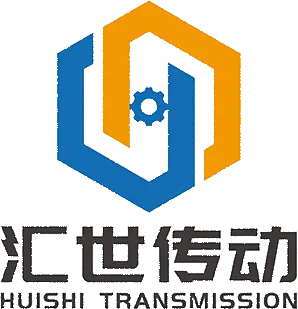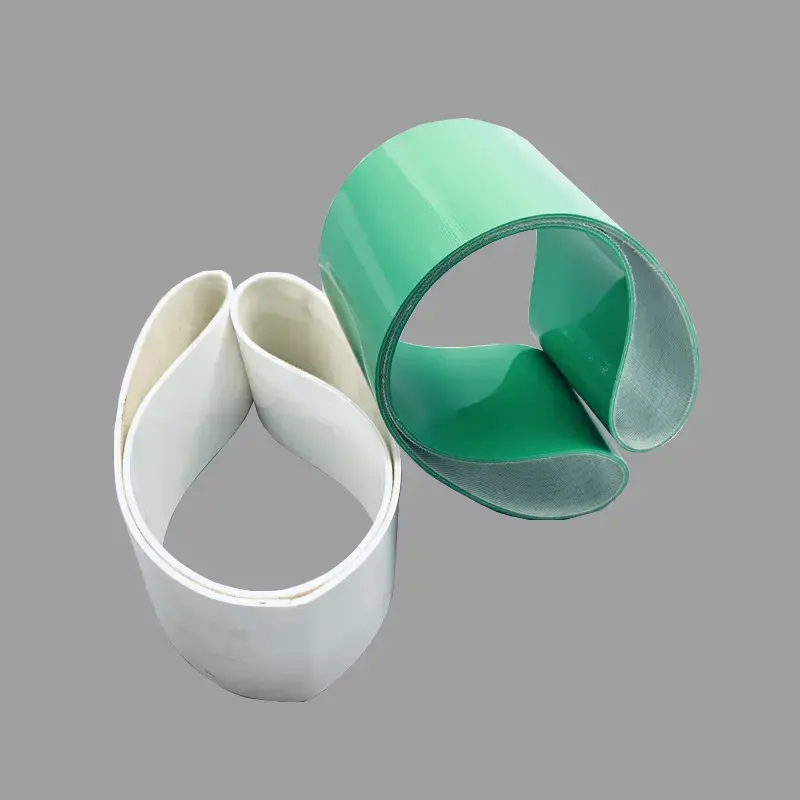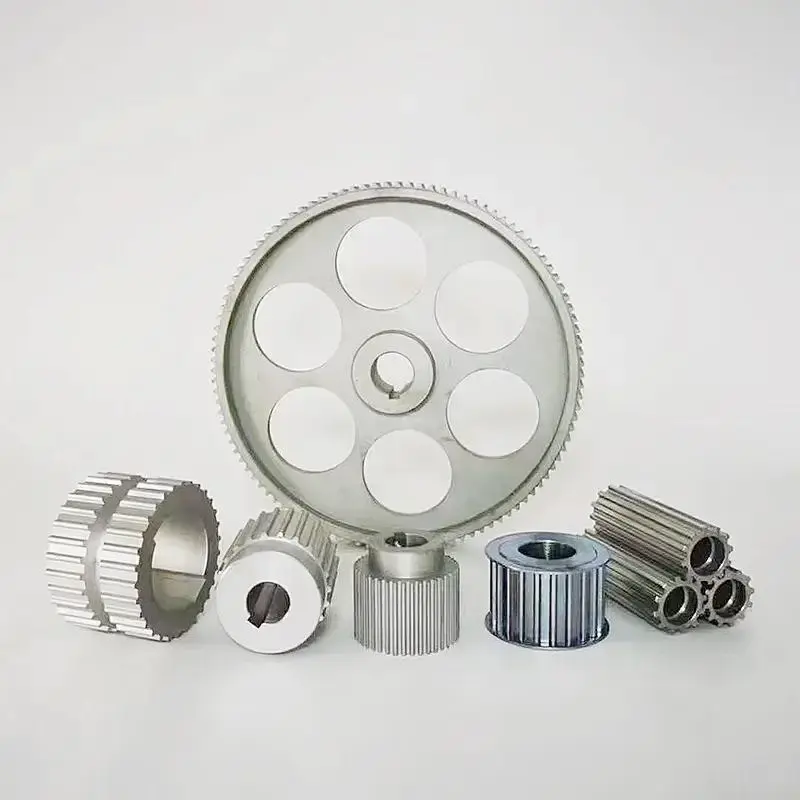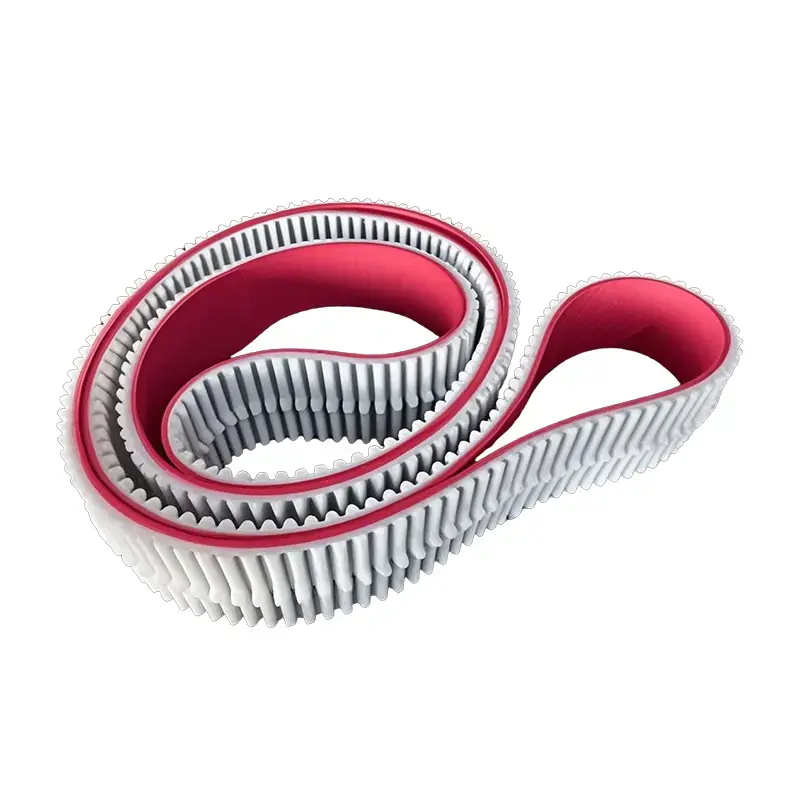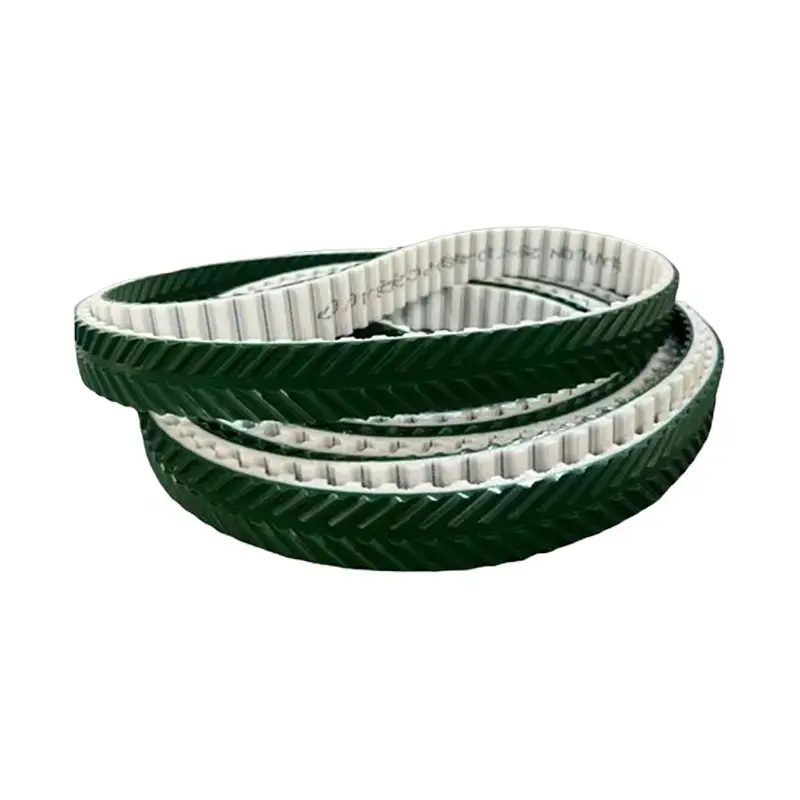 +86-19862000127
+86-19862000127 Belt Splicing: Ensuring Strong and Reliable Conveyor Performance
In industries such as mining, manufacturing, logistics, and food processing, Conveyor Belts are critical for moving materials efficiently. The integrity of these belts often depends onBelt Splicing—the process of joining two ends of a conveyor belt together. For businesses that rely on uninterrupted production, mastering belt splicing techniques is essential to ensure safety, reliability, and productivity.
What Is Belt Splicing?
Belt splicing is the method of connecting conveyor belts to create a continuous loop for material transport. Proper splicing ensures:
-
Smooth material flow without interruptions
-
Extended belt life and reduced downtime
-
Stronger joints that can withstand heavy loads and harsh environments
Main Types of Belt Splicing
There are several common splicing methods, each suited to different applications:
-
Mechanical Splicing
-
Uses fasteners such as metal clips or hinges.
-
Quick to install and easy to repair.
-
Best for temporary solutions or lighter-duty applications.
-
-
Vulcanized Splicing
-
Heat and pressure are applied to bond the belt ends.
-
Creates a seamless, durable splice.
-
Ideal for heavy-duty industries such as mining and bulk handling.
-
-
Cold Bond Splicing
-
Uses adhesives instead of heat.
-
Provides flexibility and strong adhesion.
-
Suitable for environments where heat vulcanization is not practical.
-
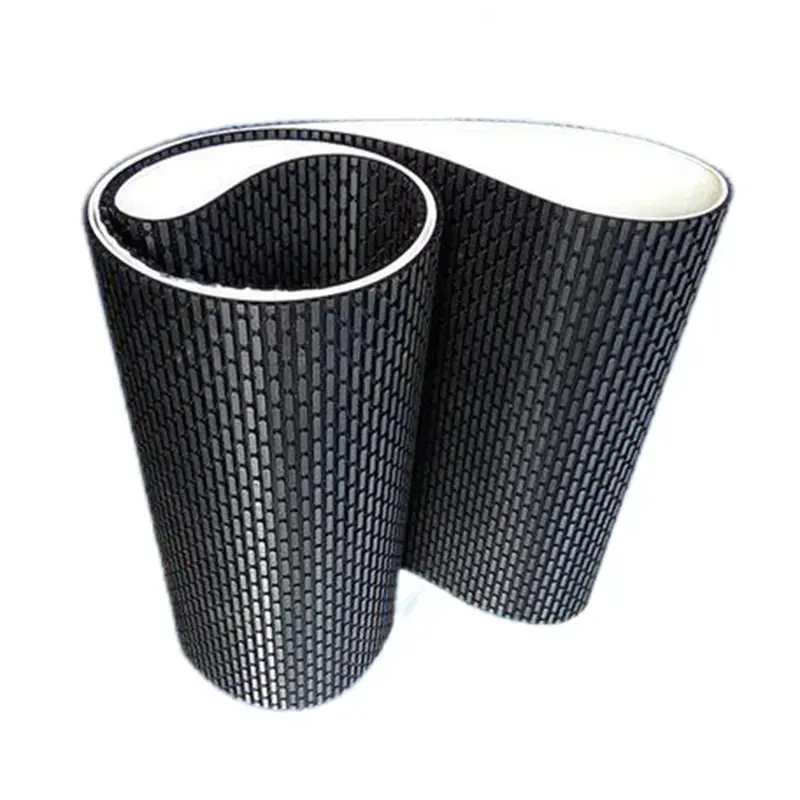
Benefits of Proper Belt Splicing for Businesses
Investing in quality splicing techniques offers significant advantages:
-
Reduced Downtime – Minimized production delays due to belt failures.
-
Improved Safety – Strong splices prevent accidents caused by belt separation.
-
Cost Efficiency – Extends belt life, reducing replacement costs.
-
Operational Reliability – Ensures continuous material handling without disruptions.
Best Practices for Belt Splicing
To maximize performance, companies should follow industry best practices:
-
Choose the correct splicing method for the application.
-
Use high-quality materials, adhesives, or fasteners.
-
Train technicians to ensure precision and consistency.
-
Schedule regular inspections to detect early signs of wear or damage.
Conclusion
Belt splicing is more than a maintenance task—it is a vital process that supports safe, reliable, and cost-effective operations across industries. By selecting the right method, investing in quality materials, and implementing proper maintenance practices, businesses can significantly improve conveyor efficiency and reduce operational risks.
FAQ
1. What is the purpose of belt splicing?
It connects conveyor belt ends to form a continuous loop, enabling uninterrupted material transport.
2. Which belt splicing method is the strongest?
Vulcanized splicing is considered the most durable and reliable, especially for heavy-duty applications.
3. How long does a conveyor belt splice last?
With proper installation and maintenance, a splice can last as long as the original belt.
4. When should a conveyor belt splice be replaced?
Replacement is recommended when visible cracks, peeling, or misalignment appear, or if the splice weakens during operation.



